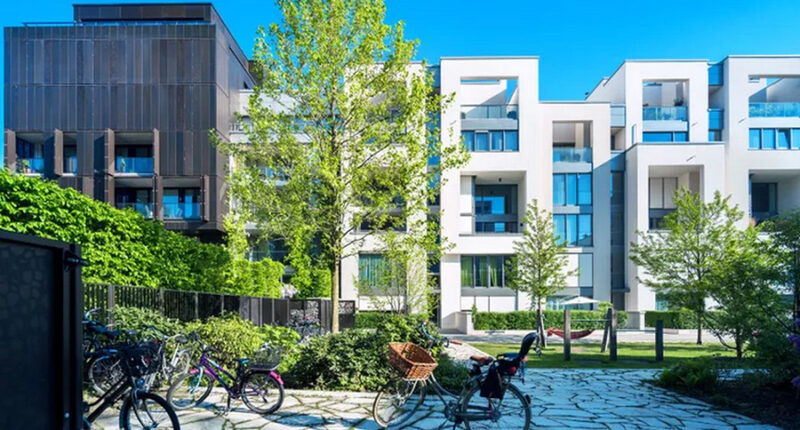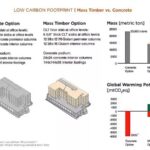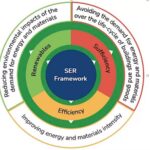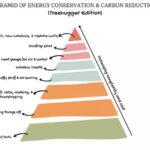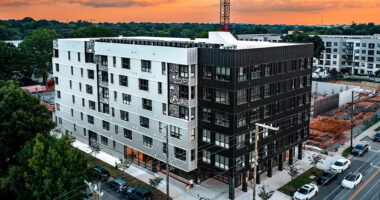Efforts to enhance energy efficiency have been a central theme since Jimmy Carter’s presidency, initially aimed at reducing reliance on fossil fuels. While the focus has now shifted towards reducing carbon emissions, the energy efficiency mindset remains prevalent. While reducing energy consumption is beneficial in curbing carbon emissions, it’s insufficient to tackle the climate crisis and phase out fossil fuels.
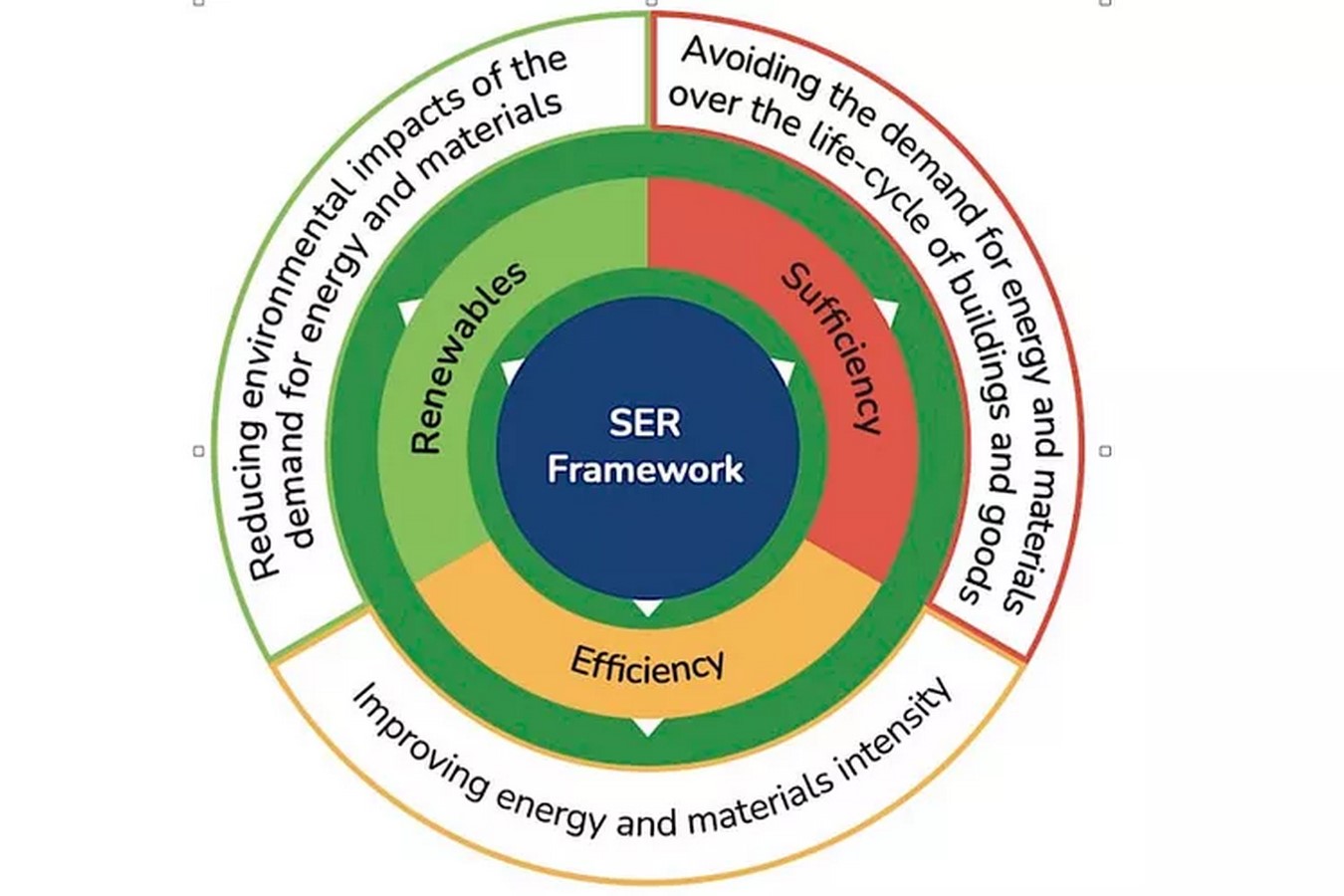
Revisiting Energy Conservation: A Carter-Era Necessity
Jimmy Carter championed energy conservation amidst the Middle East oil crises, advocating for modest sacrifices and societal adjustments. Today, as Europe grapples with gas shortages due to the Ukraine war, echoes of Carter’s conservation strategies resonate. The International Energy Agency (IEA) echoes similar sentiments, recommending measures like reduced speed limits, car-sharing, and remote work to mitigate demand for oil and gas.
The Rise of Upfront Carbon Awareness
Despite the emphasis on conservation and efficiency, the issue of upfront carbon emissions remains overlooked. These emissions, generated during the production of buildings and vehicles, are often disregarded in efficiency measures. Eduardo Garcia, a contributor to Treehugger, criticizes the “drill, baby, drill” approach, urging a shift towards conservation.
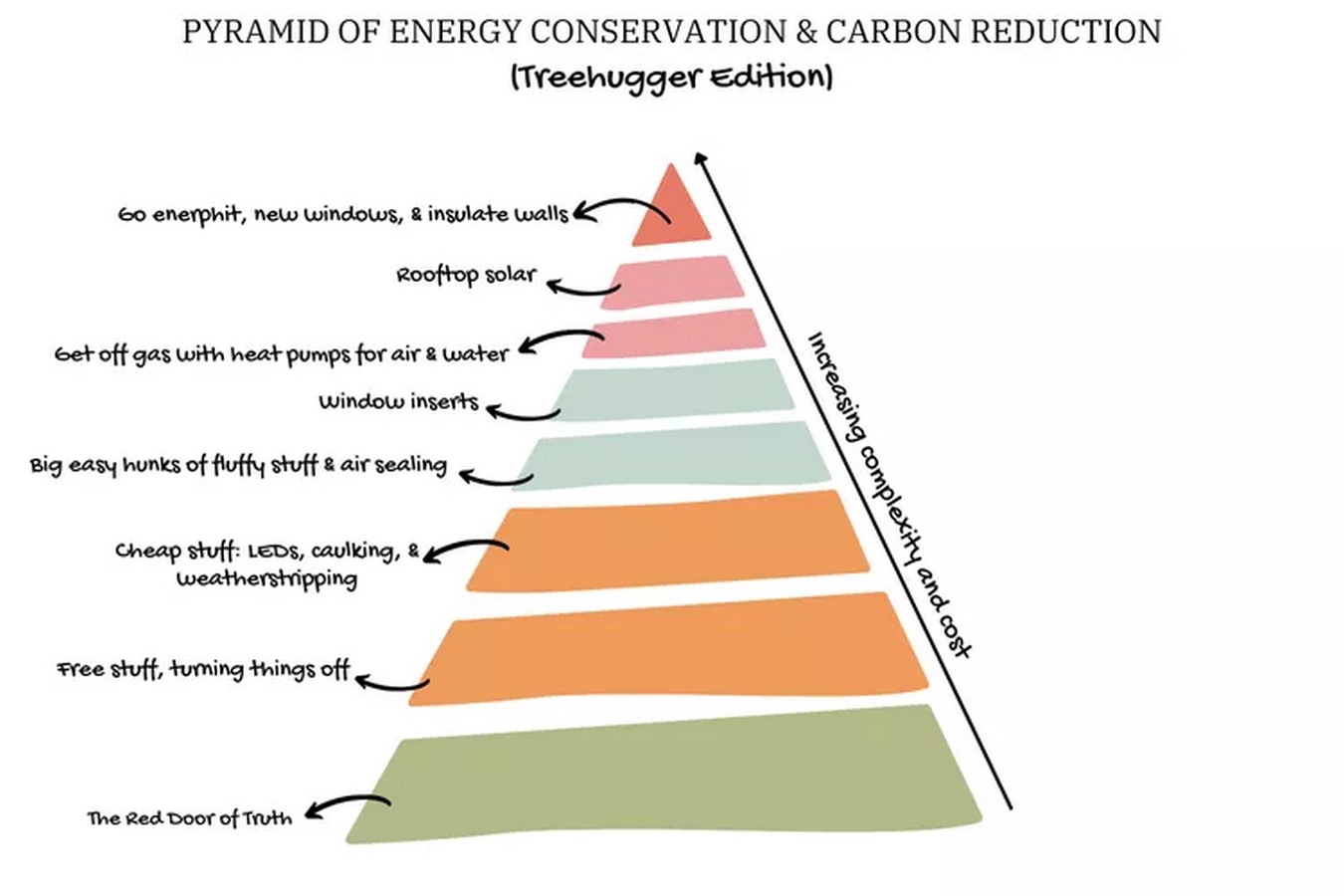
Embracing Full Decarbonization
A study by Jan Rosenow and Nick Eyre underscores the need for revised targets and strategies in light of the climate crisis. With the goalposts shifting towards full decarbonization, attention must be directed towards upfront carbon emissions. The case of a building in Charlottesville, Virginia, designed by William McDonough + Partners, highlights the challenge of embodied carbon, despite sustainable design principles.
Rethinking Design: The Ironclad Rule of Carbon
Efforts to promote Passive House and electrification must consider the carbon footprint of materials and construction processes. As the IPCC emphasizes sufficiency alongside efficiency and renewables, a paradigm shift is imperative. Architect Mike Eliason stresses the urgency of implementing existing tools to limit warming.
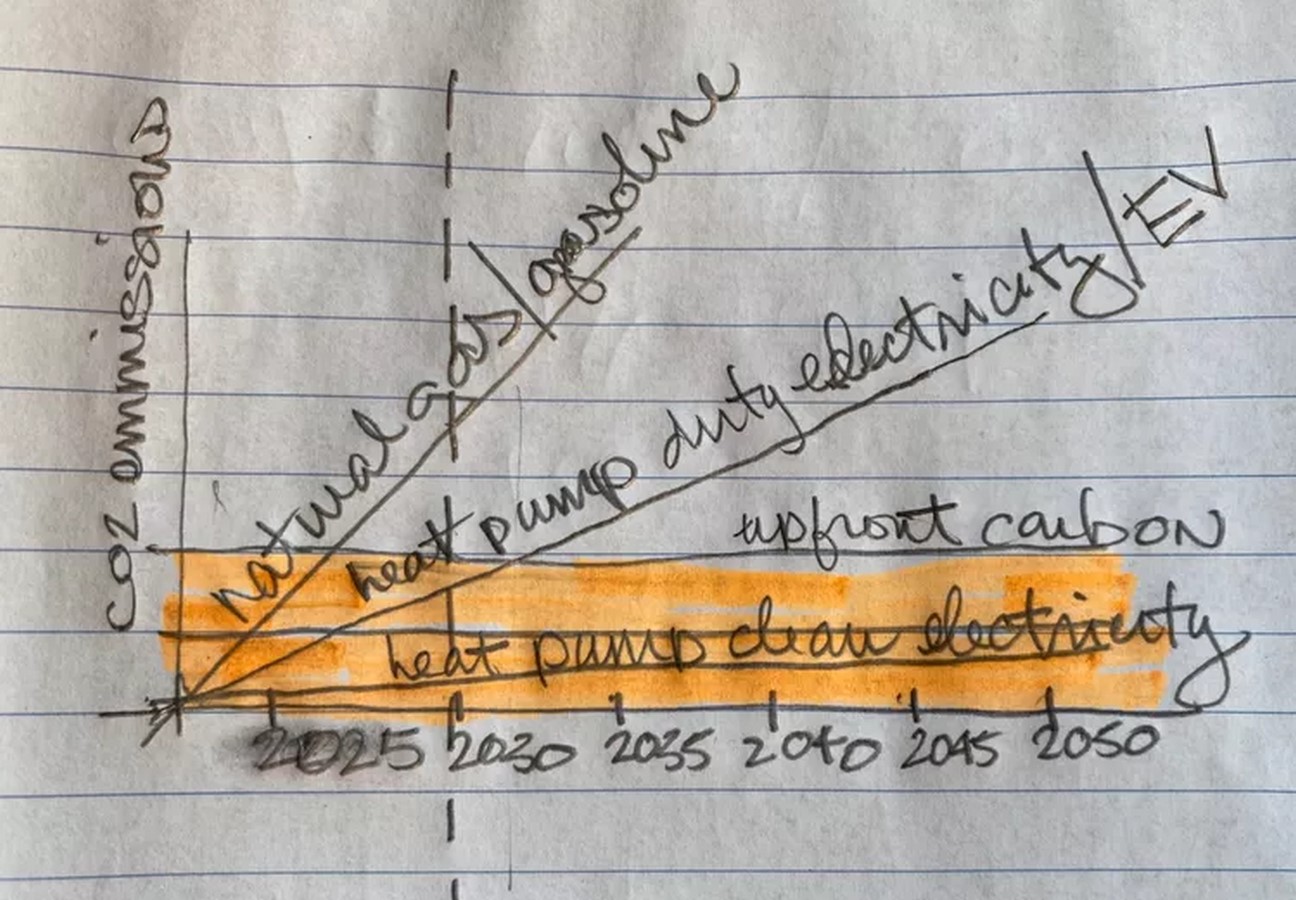
A Call for Sufficiency and Reduced Consumption
Reducing upfront carbon emissions necessitates questioning the necessity of projects and opting for refurbishment or simpler designs. Whether in buildings or everyday items, prioritizing sufficiency and longevity is paramount. The Pyramid of Energy Conservation offers a roadmap, emphasizing data-driven approaches and aiming for standards like EnerPHit in renovations.
In conclusion, the imperative to address upfront carbon emissions underscores the need for a holistic approach to sustainability. By prioritizing sufficiency, reducing consumption, and embracing low-carbon materials, we can navigate towards a more sustainable future.
